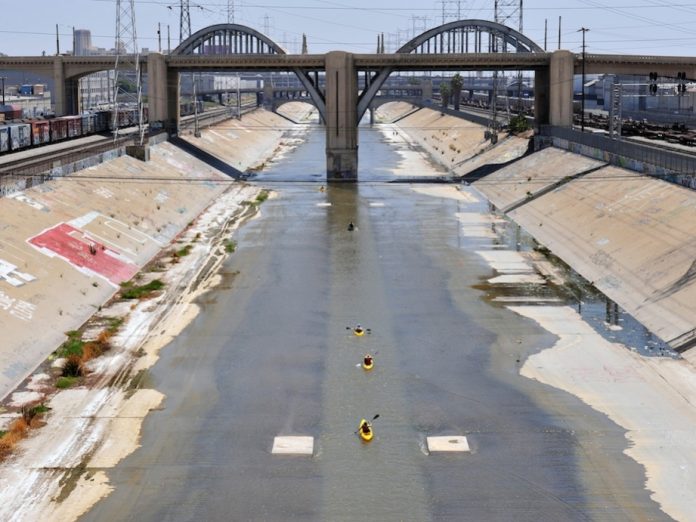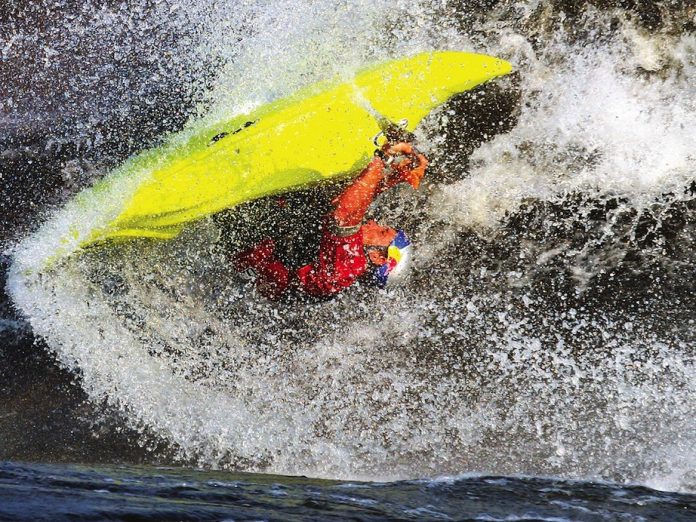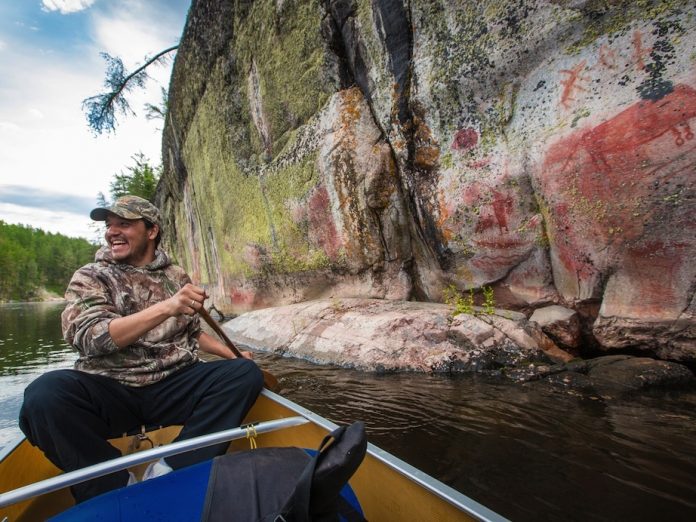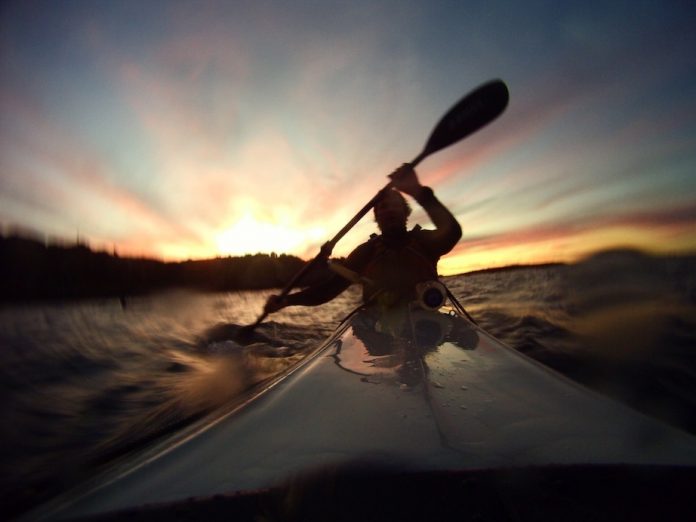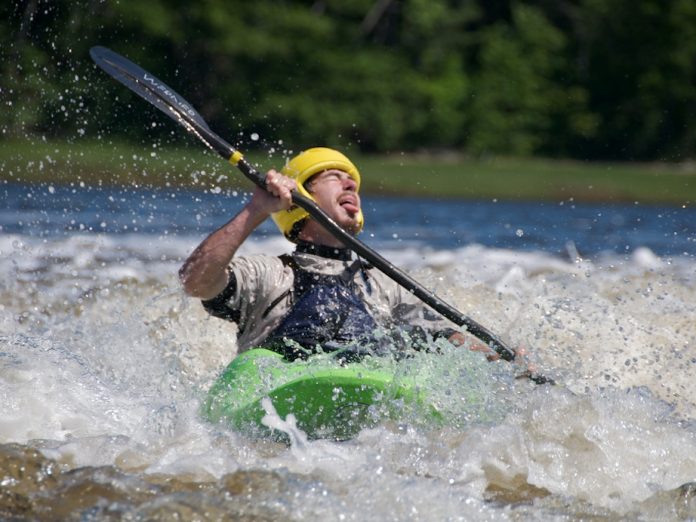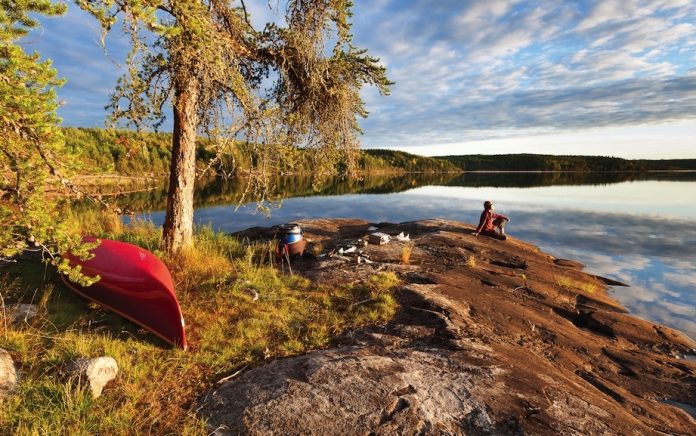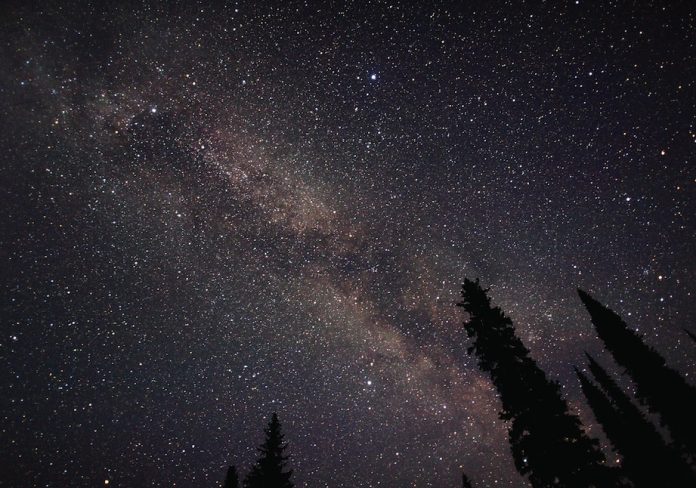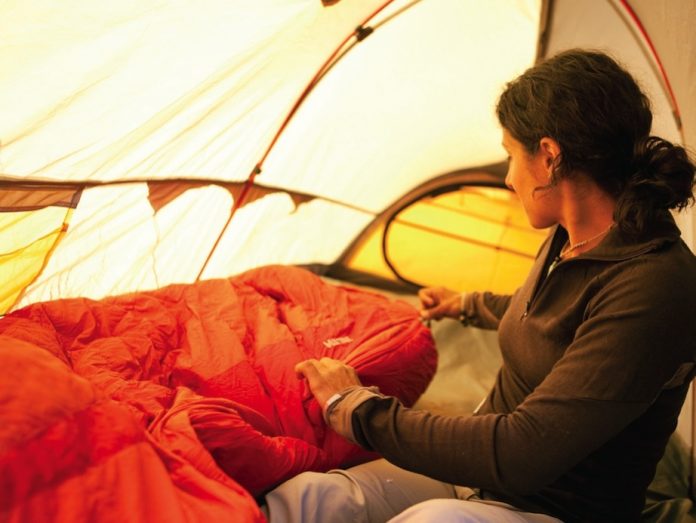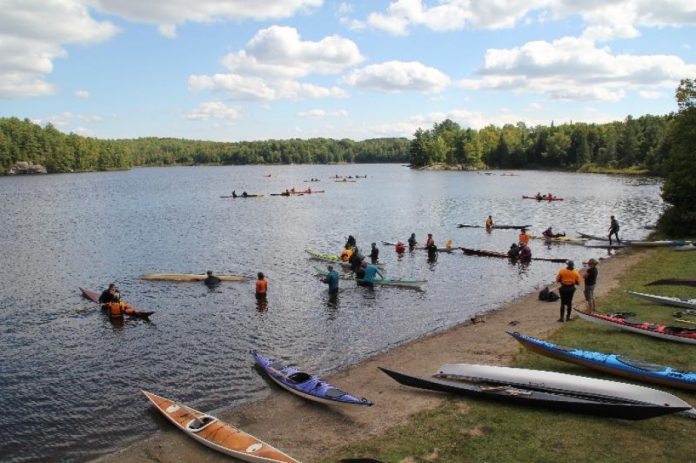Encased in a concrete straightjacket for more than 70 years, the Los Angeles River has been forgotten about by many. But a newly reopened four-kilometer stretch of water is pulling paddlers back to the river and allowing locals to reconnect with nature.
“People are astounded when they find out that we have a river in LA and that we were founded on a river, [but] now, there’s more and more interest in calling it a river again and bringing it back to life,” said Thea Mercouffer, director of Rock the Boat, a documentary that followed her husband, George Wolfe, as he led an expedition down the entire Los Angeles River in 2008 to prove that it is both navigable and worth protecting.
“[The Los Angeles River] provides this unparalleled experience of being in one of the most urbanized, cemented areas in the country while also being in nature. It has just class I or II rapids so it’s not a challenge for paddlers, it’s more of a novelty,” said Mercouffer. “To be in a tiny little boat surrounded by trees, and then above the trees are the power lines and beyond the power lines a city, it’s just really a surreal experience. It makes it that much more fulfilling.”
The Los Angeles River has been blocked off from public use since the late 1930s, when a massive flood left behind a path of death and destruction. The U.S. Army Corps of Engineers were called in to control the water with channels and flood control dams to prevent any possible floods in the future from having the same effect. But almost every year the river is consistently calm and doesn’t reach the high levels the concrete banks protect the city from, so the engineered river gets primarily used as a set for Hollywood movies—most famously to film car chases.
Since Wolfe proved the river to be navigable, it now falls under legal protection and local groups are arguing that the public should be allowed to once again use their river. The four-kilometer stretch between Fletcher Drive and Steelhead Park that opened on May 27 is a small step with a big impact, since it represents the first time boating has been officially allowed on the Los Angeles River in 80 years.
Mercouffer said that there are people taking advantage of the new water access everyday and that new river tours book up in just minutes, but it’s a slow process to get the city council to expand on the river.
“I think there’s a very, very strong disconnect between what the people are ready for and what their representatives think the people are ready for,” she said.
“[Preservation of the Los Angeles River] is an idea that, rather than dying down, is spreading.”
To learn more about Rock the Boat, visit www.rocktheboatfilm.com or for more information about the rules of the river go to www.lariverrecreation.org.



